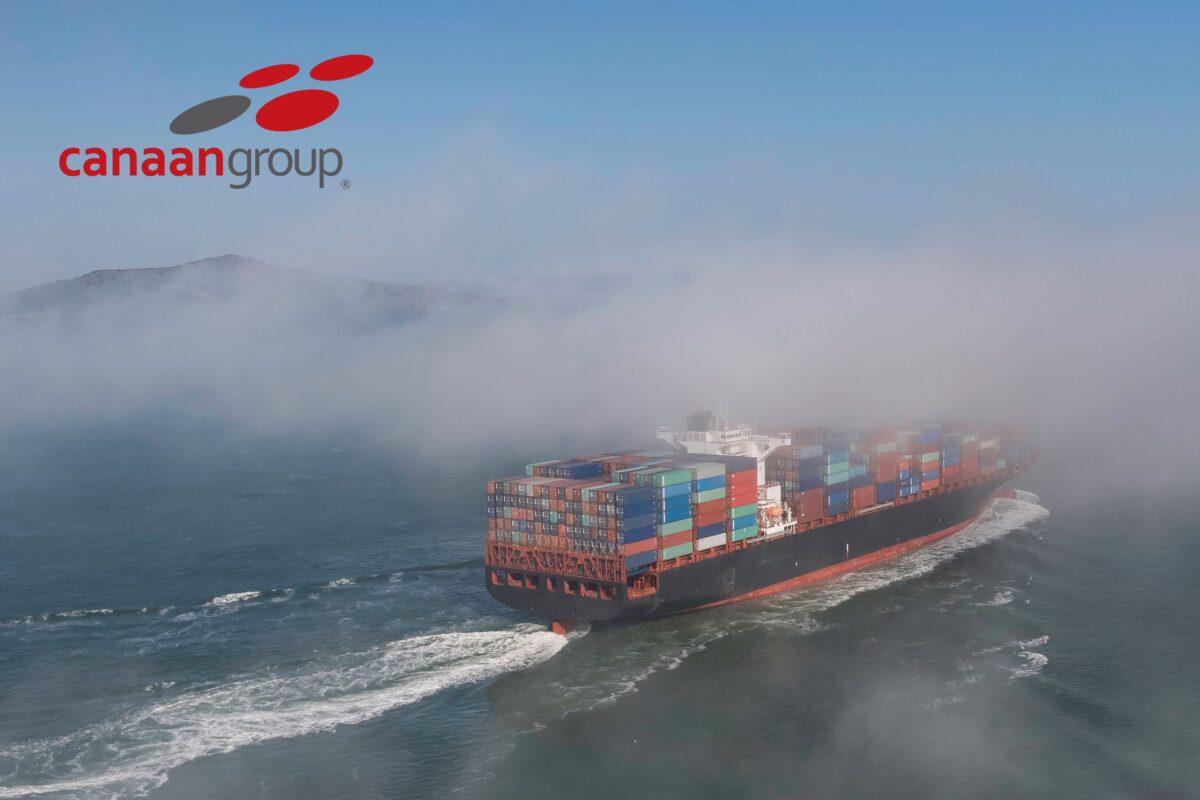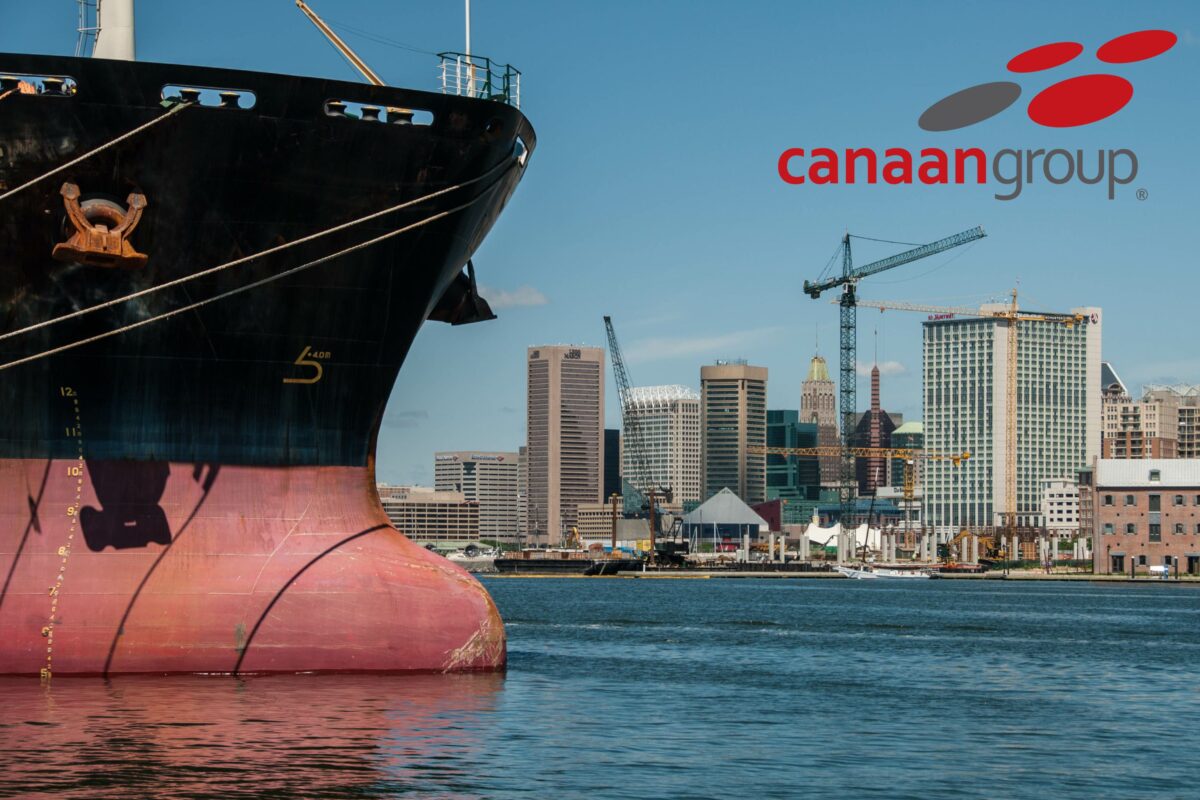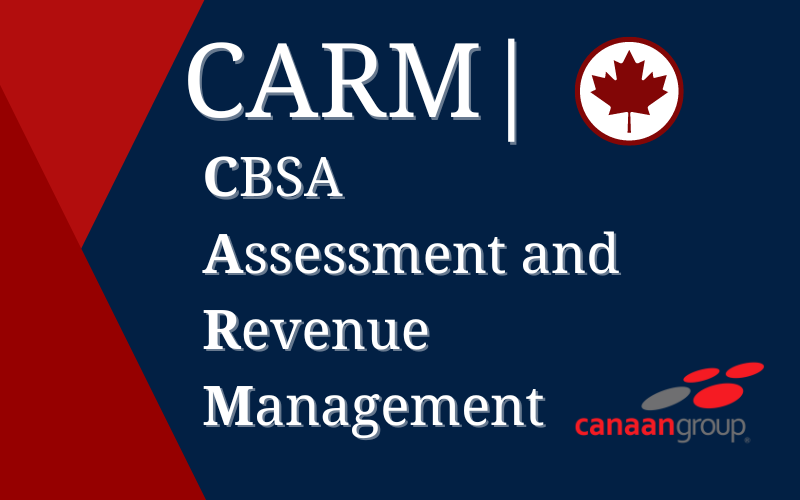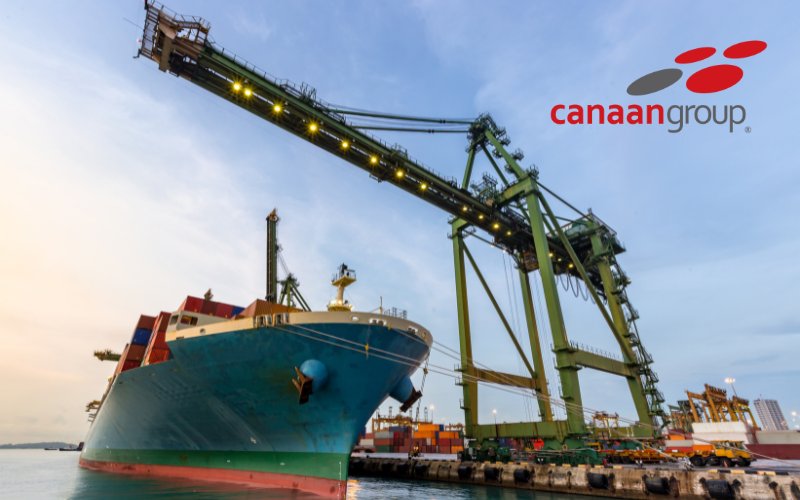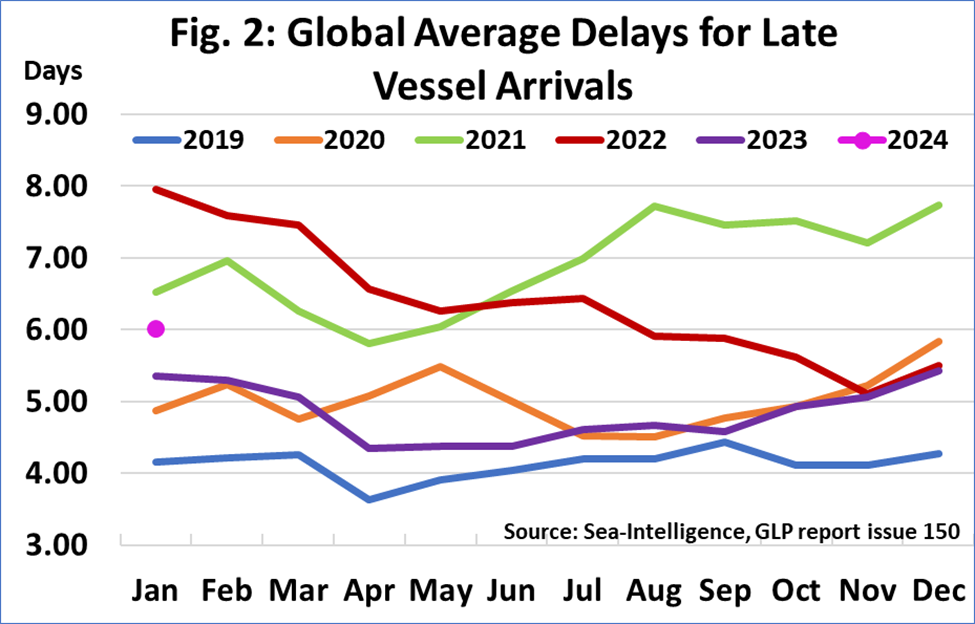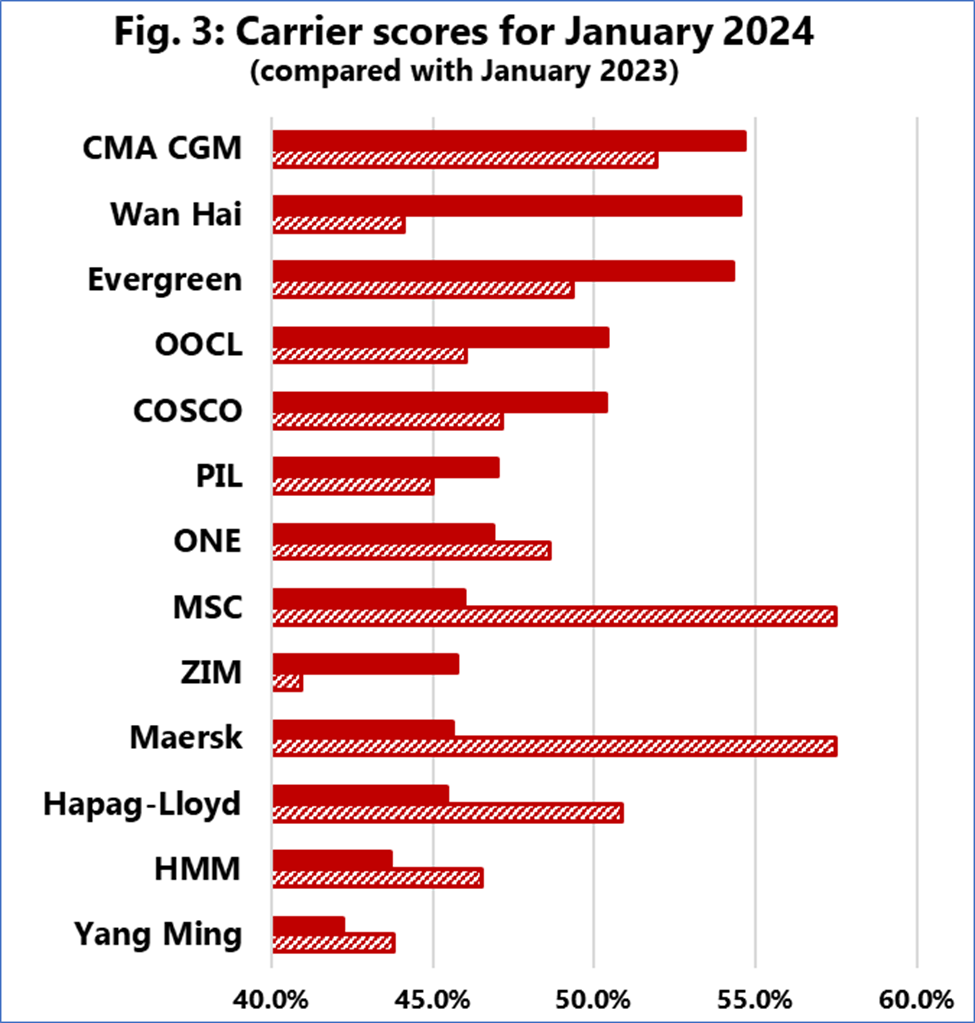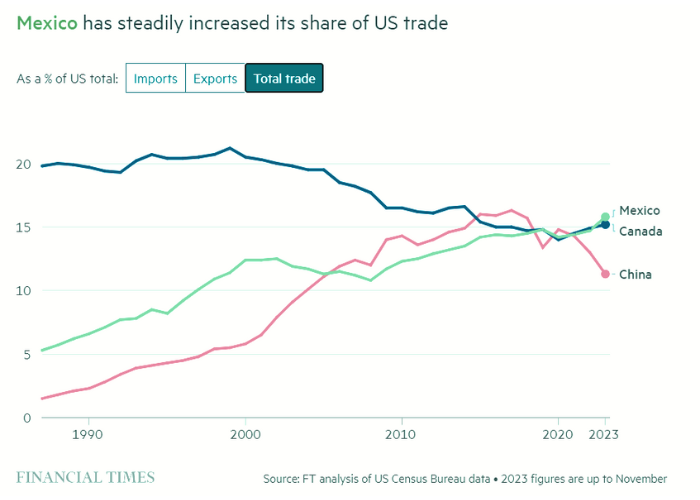As posted here in April, the threat of the first strike along the US East and Gulf Coasts since 1997 still exists as negotiations continue between the International Longshoremen’s Association (ILA) and carriers. With the expiry of the current contract now just three months away, efforts to reach a new agreement have stalled. The Biden administration has been petitioned by around 160 state and federal trade associations, representing manufacturers, retailers, farmers, among other businesses, to bring the parties back to the table.
The current contract is set to expire on September 30, with the ILA already indicating, last November, that union members would not work beyond that date should there be no agreement on a new deal.
“One of the key priorities for the administration has been supply chain resiliency and addressing ongoing supply chain challenges,” the letter from the trade associations stated. “We continue to see maritime supply chain challenges from the ongoing Houthi attacks on vessels transiting the Red Sea. This has led to other supply chain issues: congestion and lack of equipment at overseas ports, carrier capacity issues as they continue to divert vessels away from the Red Sea, and increased freight rates. With all these existing challenges, the last thing the supply chain, companies and employees—all of which rely on the movement of goods, both imports and exports, through our East Coast and Gulf Coast ports—need is a strike or other disruptions because of an ongoing labor negotiation. As this administration has seen, even the threat of a strike or disruption can have a negative impact on the supply chain.”
The Biden administration played a key role in negotiations with the International Longshore and Warehouse Union (ILWU) in 2023. Amid a highly-charged competition for the White House in 2024, electoral politics could have an out-sized role in how the Biden administration engages the dispute.
With transit time for shipments from Asia to the East Coast at 60 days, decisions to divert shipments to avoid a possible strike would have to be made before July 15. Please contact sales@canangroup.ca to get support on how best to plan for potential disruptions caused by work stoppages.










